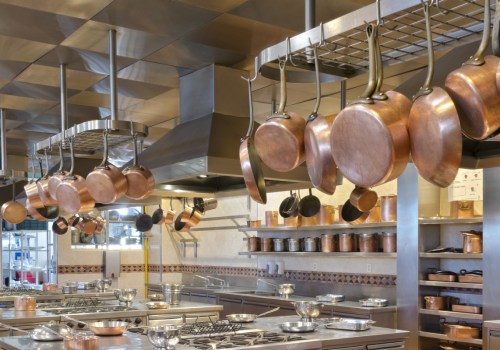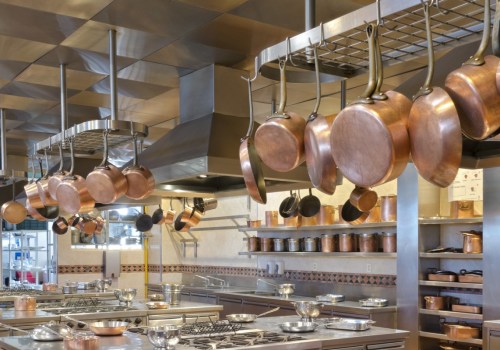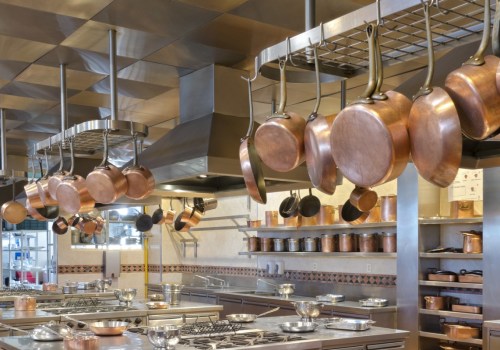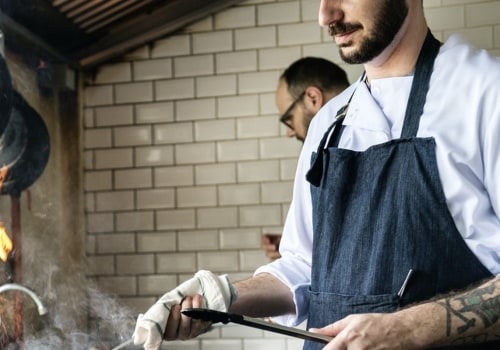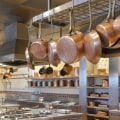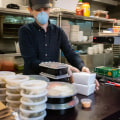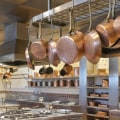Sometimes referred to as ghost restaurants, virtual kitchens or satellite kitchens, ghost kitchens use third-party delivery services to receive orders and get meals to customers. The ghost kitchen business model helped restaurateurs overcome difficult times caused by the coronavirus pandemic. In short, ghost kitchens are physical spaces for operators to create food for consumption outside the facility. And in apps like Grubhub and DoorDash, listings of restaurants that operate with ghost kitchens don't usually look different from traditional establishments.
For example, where I live in Northern Colorado, there's a restaurant called Rocco's Ravioli that appears on apps. But Rocco's doesn't have a shop window. It's a food delivery service that makes food in a ghost kitchen. Ghost kitchens are restaurants that only sell at home, with no dining options.
Some chefs may develop a couple of different ghost kitchen concepts from the same kitchen, using the same staff, equipment, and mixed ingredients to create two completely different cooking concepts. With customers adapting to the trend quickly and easily, ghost kitchens are likely here to stay. Even national chains such as Chili's and Applebee's used ghost kitchens to maintain cash flow and try new menu dishes with different brands in case the ideas failed. While the high fees charged by major delivery services could be mitigated or included in the price, food delivery companies that work in ghost kitchens could find a way to make a living.
Ghost kitchens are food preparation operations without waiters, dining room or parking; in reality, without any public presence. Some ghost restaurants use a restaurant's existing kitchen area, while others are startups offering something new to the market. Ghost kitchens and the food delivery possibilities they offer are key factors in the continued success of many restaurants. In the case of ghost kitchens that adapted their space to that of a restaurant to eat at home, double immersion allowed chefs to be more creative.
Some small food operators used ghost kitchens to gain a foothold in the market at a time when opening a standard restaurant with a dining room would have been unthinkable. One trend that I am seeing is the formation of central ghost kitchens, type of economato, with several restaurants or brands that work in the same physical space. For ghost kitchens to succeed, operators must focus on maintaining food quality during transportation and on-time delivery, in addition to normal restaurant costs, such as labor and food costs. Ghost kitchens helped traditional restaurants recover their losses and minimize employee layoffs by allowing them to prepare food for several brands and stay in business.
Choosing software as a service instead of investing tens of thousands of dollars in having a point of sale can be a game-changer for ghost kitchens. Ordering seamlessly, from the customer to the kitchen to the delivery driver, is another fundamental aspect for a ghost kitchen to succeed.
